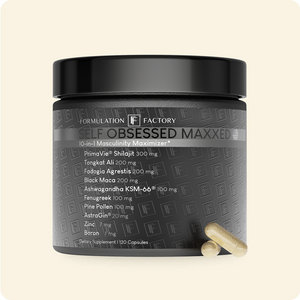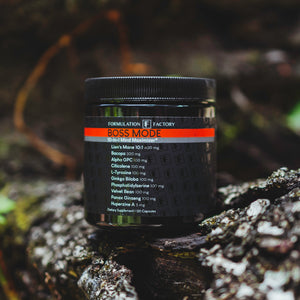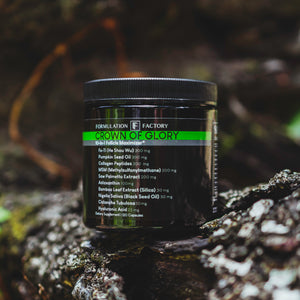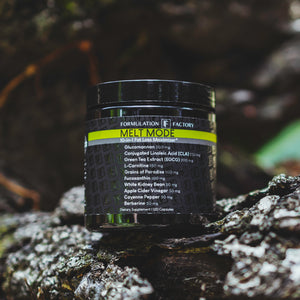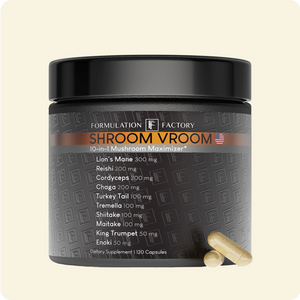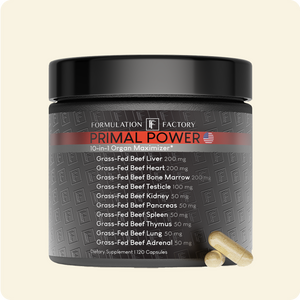The Heart Disease Myth You Need to Break (And How to Fix It)
Here’s the truth no one wants to tell you: Just because heart disease runs in your family doesn’t mean you’re destined for the same fate. You’ve heard it before—“It’s in my genes, so there’s nothing I can do about it.” It’s the easy way out, but here’s the kicker: It’s flat-out wrong.
Yes, genetics play a part in your health. They always will. But your lifestyle? That’s the game-changer. What you eat, how you move, and how you deal with stress can make all the difference in how your heart ages—if it ages at all.
Now, if you’re thinking, "But how can I fight against my genes?" Here’s where nitric oxide comes in. This powerful molecule helps your blood vessels stay open, which means better blood flow to all your organs—including the big one: your heart. The problem? Poor diet, lack of exercise, and chronic stress drain your nitric oxide levels faster than a busted water pipe.
As Dr. No says:
“Most people don’t die of heart disease. They die of nitric oxide bankruptcy—and they never even knew they were in debt.”
That stuck with me. And it should stick with you too.
How to Boost Your Heart’s Health (And Nitric Oxide Levels)
1. Move Your Body
Exercise isn’t optional. Even just a brisk walk every day can make a huge difference. When you move, you’re not just burning calories; you’re activating nitric oxide production. Your blood vessels will thank you, and your heart will stay stronger for longer.
2. Eat Nitrate-Rich Foods
This is key. Beets, spinach, arugula, celery—these foods are packed with nitrates that your body turns into nitric oxide. Make them a regular part of your diet, and you’ll be feeding your heart exactly what it needs to thrive. It’s that simple.
3. Breathe Deeply
Stress is a silent killer. Chronic stress doesn’t just mess with your head—it tanks nitric oxide production. A few minutes of slow, deep breathing every day helps restore your levels and brings your nervous system back to center.
4. Support the System
Sometimes food and lifestyle aren’t enough to get you where you need to be—especially if you're already behind. That’s why we built Heart of Steel. It’s designed to support nitric oxide production, blood flow, cardiovascular resilience, and endothelial repair. You don’t need to memorize what that means—just know that your heart’s inner lining and blood vessels depend on these things to function like they should. It’s not magic. It’s molecular leverage.
The Bottom Line
Your heart isn’t just at the mercy of your DNA—it’s in your hands. You’re the one who decides whether your heart disease story is written or rewritten. Sure, your genes may nudge you in one direction, but your daily choices will either steer you toward better health or drag you down a dangerous road.
So, here’s the challenge: Start today. Pick one of these changes—moving more, eating more greens and beets, committing to deep breathing, or giving your heart the support it needs—and make it part of your routine. No more excuses. No more waiting for a miracle. You’re in charge here. Your heart will thank you down the road.
Are you ready to build a Heart of Steel?
Reply to this post or shoot us a message with what you’re doing to take control of your heart health starting now. We actually read what you send—and we’ll hold you to it.

![Self Obsessed STARTER: 10-in-1 Masculinity Maximizer [PREORDER ONLY]](http://formulationfactory.com/cdn/shop/files/Self-obsessed-start.png?v=1759966665&width=300)
